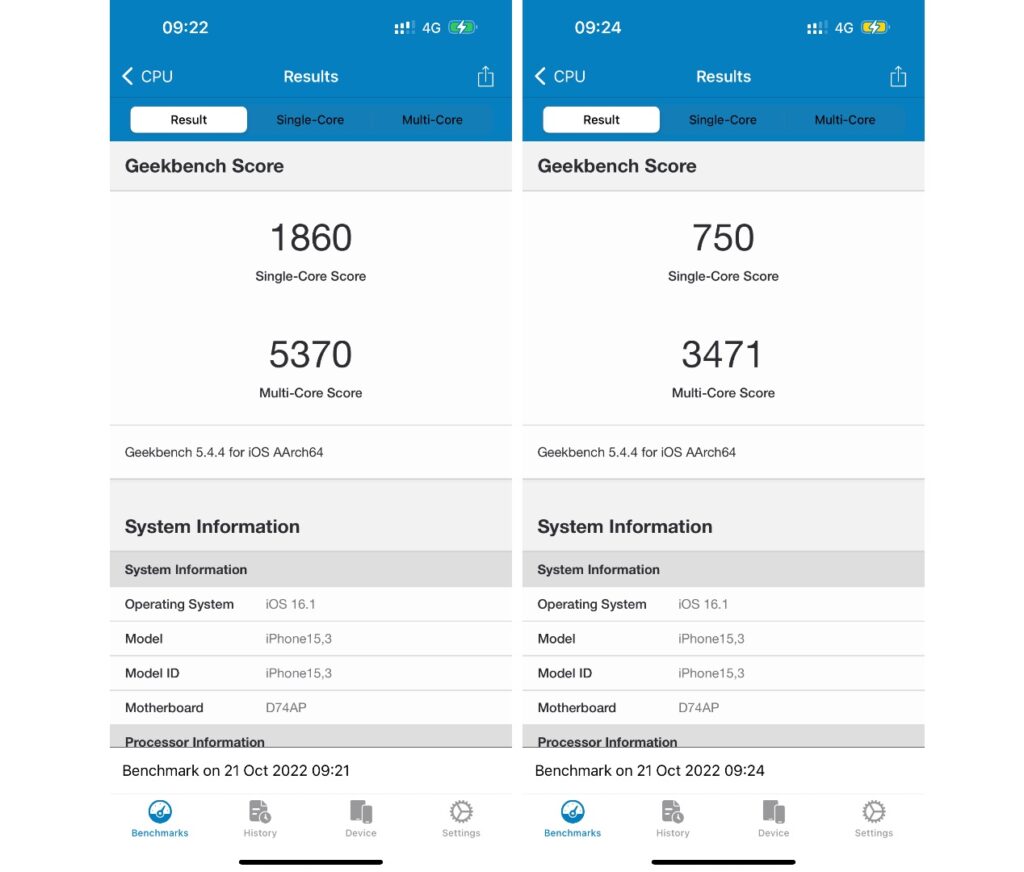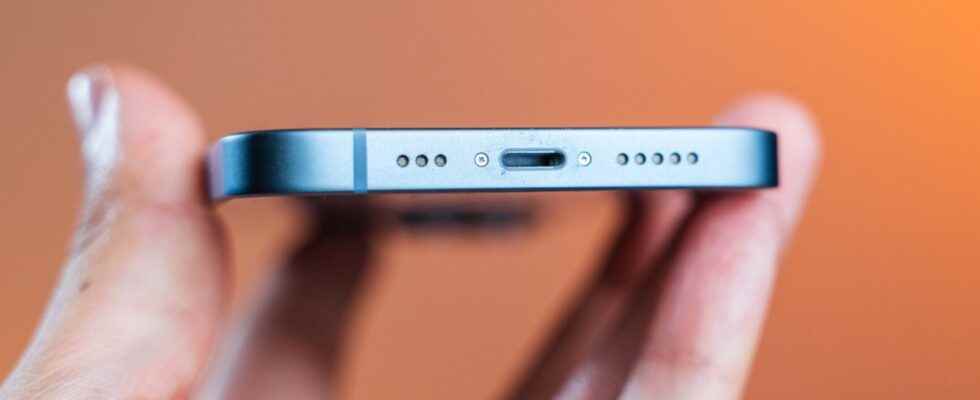Some activate it permanently, others are convinced that it is useless… What is the real role of “Low Power Mode” on iOS?
Is iPhone power saving mode useful? This is a debate that often comes up in the editorial staff of Numerama. On social networks too, the energy saving mode divides. When you do a search on Twitter, you notice that there are as many viral tweets praising him as there are messages of hatred towards him.
Even more fun, some invent tricks to activate it automatically in certain applications, with the total conviction that this allows them to optimize the autonomy of their phone. Is this really the case? In this article, we are going to tell you what the power saving mode is really for.
What does power saving mode do to your iPhone?
To measure the real usefulness of the power saving mode, you must first understand how it works. As a reminder, the energy saving mode is activated manually from the “Battery” settings or from the iPhone control center. Apple also suggests activating it when the iPhone drops below 20% and deactivating it once it reaches 80%. This is not a mode that can be activated all the time, it always ends up deactivating automatically.
When power saving mode is activated, this is what happens:
- The iPhone’s processor is throttled (around 50%), which can cause some apps and games to crash. Big slowdowns can occur.
- The screen brightness decreases and will not rise as high as usual if you enter a very bright place.
- iPhone goes to sleep after 30 seconds of inactivity.
- Some visual effects are purposely removed to make your iPhone appear less fluid. Less animation reduces the consumption of the iPhone a little.
- Background tasks (synchronization of iCloud photos, automatic downloads of applications/music and the reception of push mails) are interrupted.
- 5G compatible iPhones are content with 4G, except in the case of video streaming (they therefore consume normally).
On the iPhone 13 Pro and iPhone 14 Pro, the energy saving mode also plays other roles:
- The screen refresh rate goes from 120 Hz to 60 Hz, like on other iPhones. You then have the impression that everything is very slow, but this is only a visual difference.
- On iPhone 14 Pro, the always-on display is disabled.
Is iPhone power saving mode useful?
To say otherwise would be wrong, the energy saving mode necessarily has an impact on the autonomy of your device, since it deactivates functionalities and attacks the performance of your iPhone.
However, depending on what you do, its impact could be very limited. The example of automation to spend more time in an application by activating it automatically seems to us, for example, not to hold water. Admittedly, the animations will be less beautiful, but the same amount of data will be downloaded each time, especially since Grindr (the example cited above) does not need a lot of power to work. It is especially in a game or in a resource-intensive application that the difference could be noticeable. Often the power saving mode is just a nice placebo effect.

If Apple refuses to have the energy saving mode activated all the time, it is because it makes its smartphone less intelligent by stopping refreshing data in the background and preventing it from functioning normally. Power-saving mode might be convenient, but, in reality, doesn’t make enough of a change to double your battery life.
We recommend activating it below 20% (come on, maybe 30%)… but no higher. It can also be useful when traveling if you take a lot of photos and spend a lot of time in a mapping application, however beware of major slowdowns… It is better to have a functional phone than a phone that has saved 5 to 10% of battery life at the end of the day.
